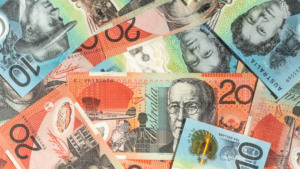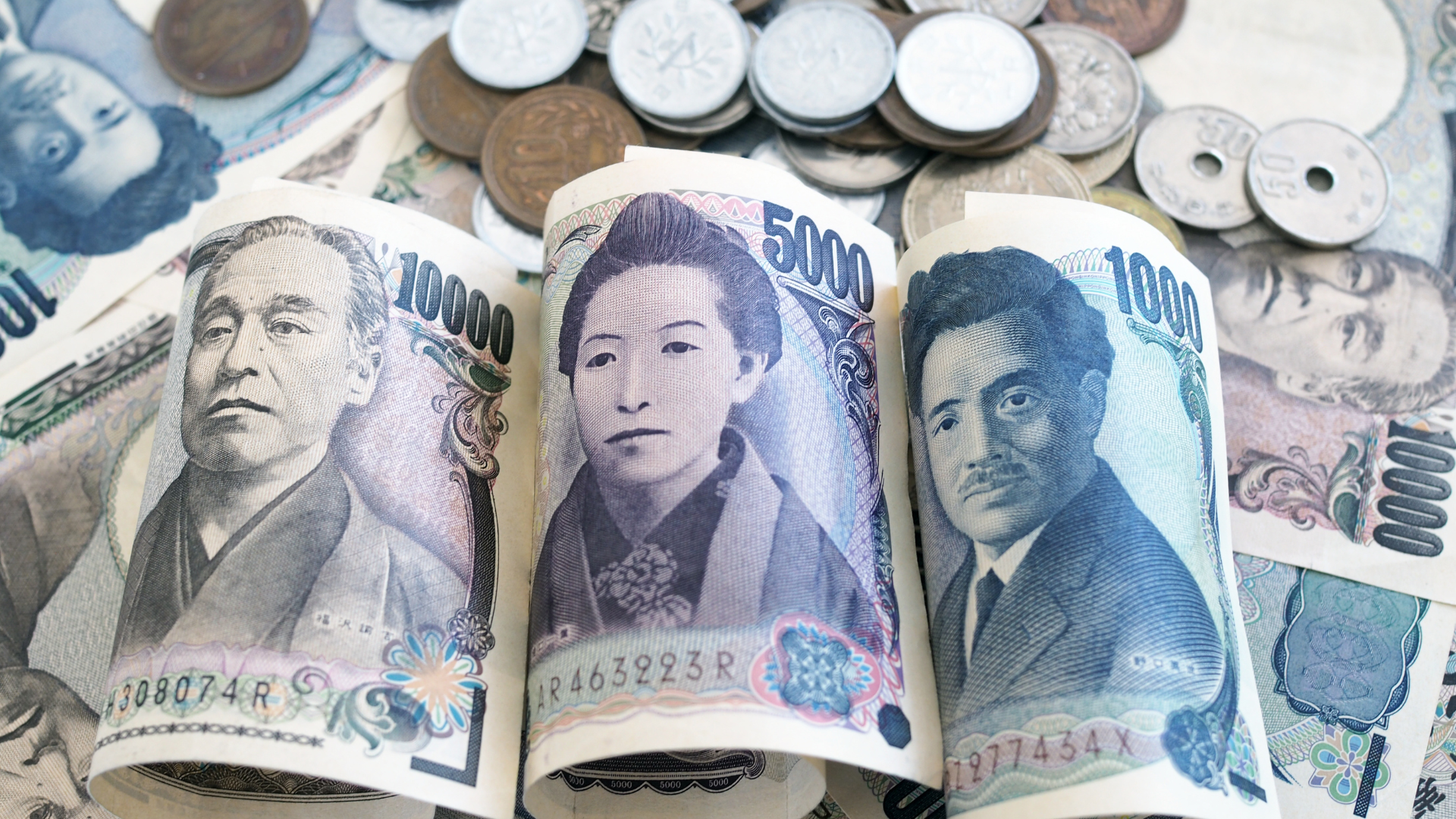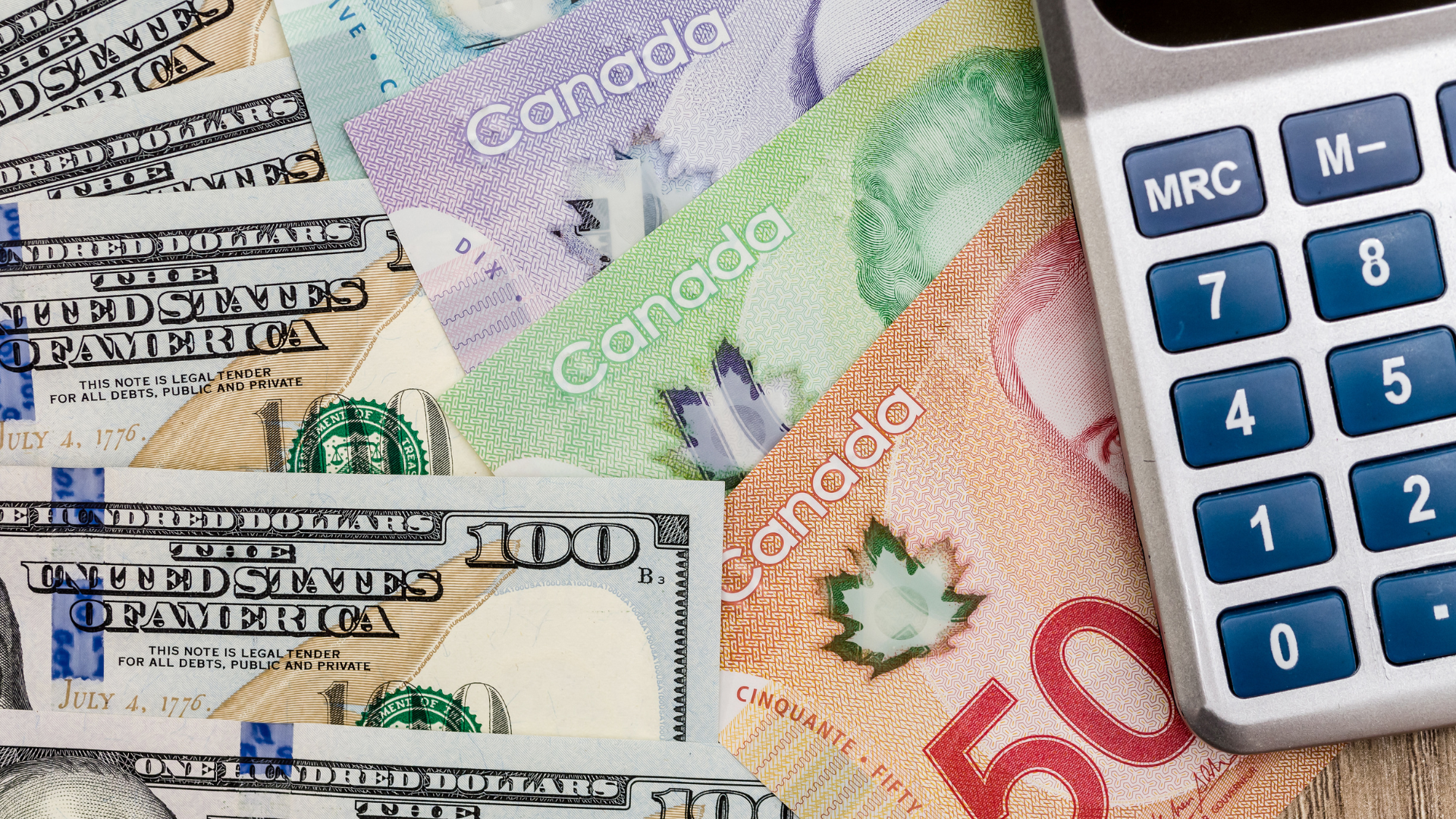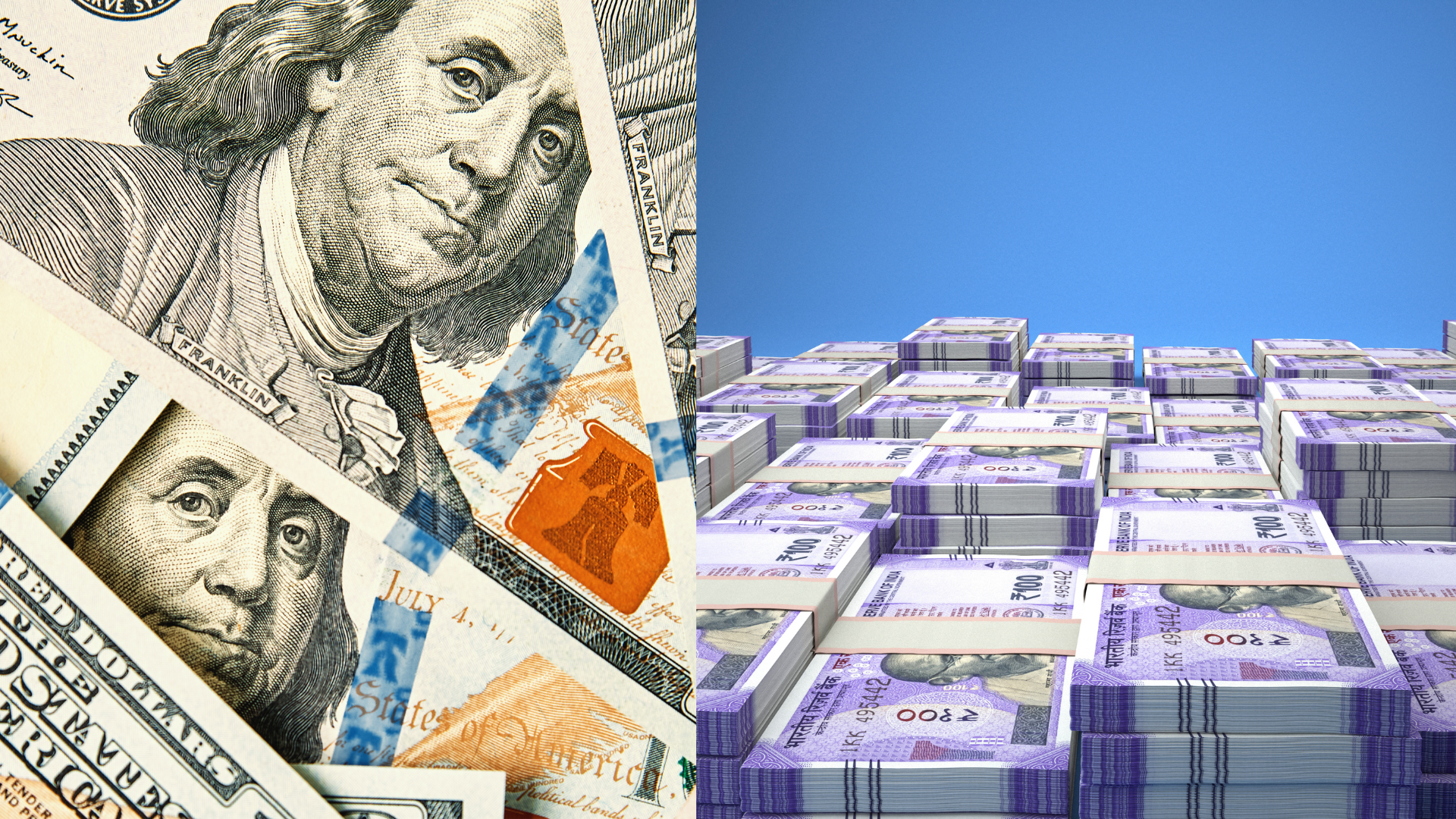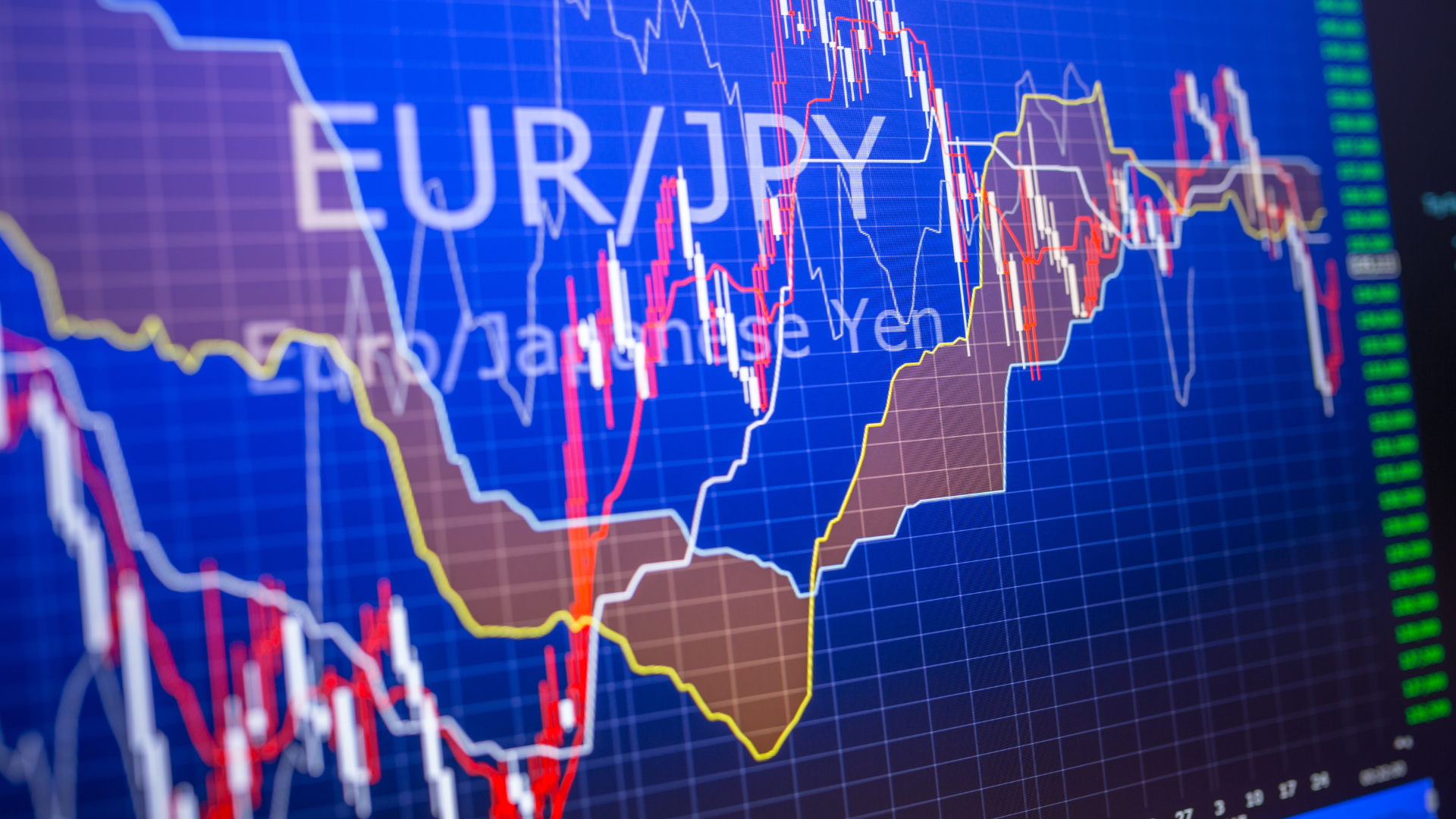The Australian dollar held steady on Wednesday, maintaining its recent gains despite looming downside risks from potential US reciprocal tariffs. Market sentiment remained cautious as investors assessed the impact of possible trade measures from Washington, which could weigh on risk-sensitive currencies like the Aussie.
Growing concerns over global trade tensions have cast a shadow over the Australian dollar’s outlook. Speculation that the US may introduce reciprocal tariffs in response to protectionist policies from major trading partners has raised fears of retaliatory measures. Given Australia’s close economic ties to China, any further escalation in trade disputes could dent the local currency’s resilience.
Despite these risks, the Australian dollar has found support from strong commodity prices, particularly in the metals sector. Higher demand for key exports such as iron ore and copper has helped sustain the currency, offsetting some of the pressure from external headwinds. The steady policy stance from the Reserve Bank of Australia (RBA) has also provided a degree of stability in recent sessions.
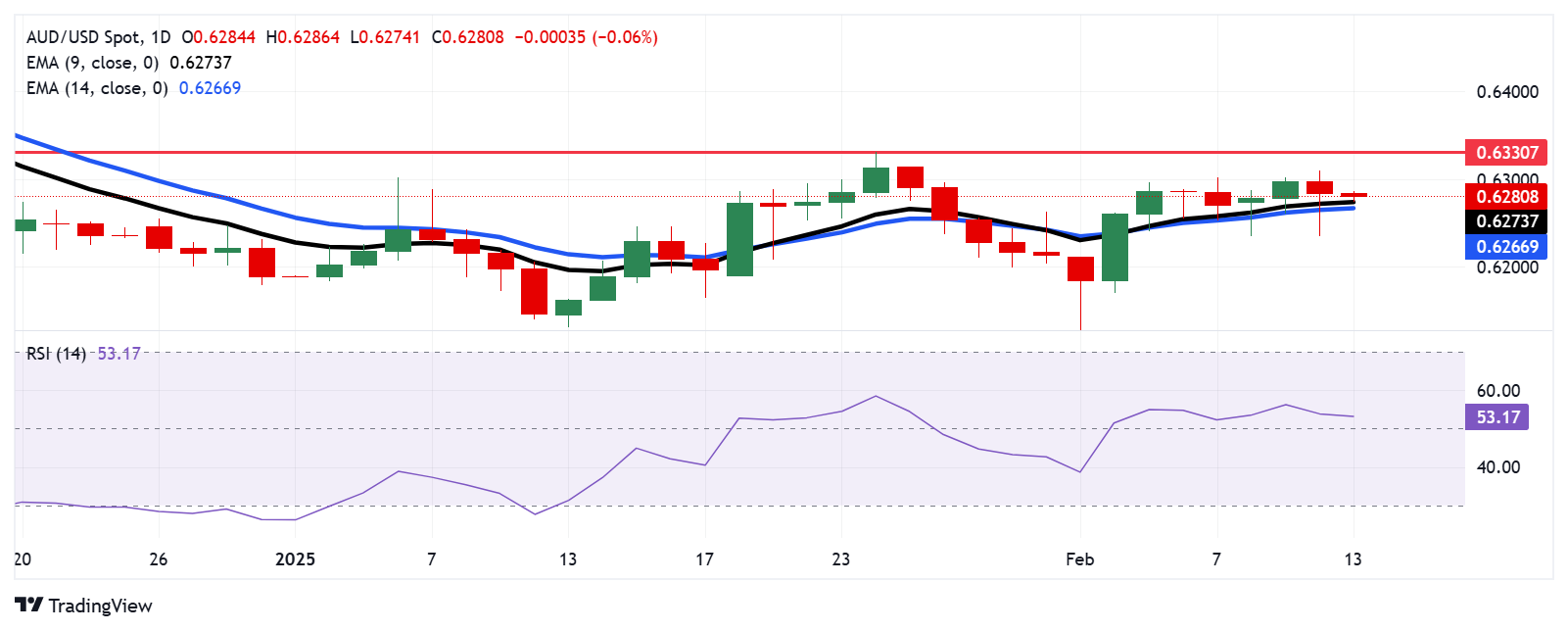
AUD/USD 1-D Chart as of February 13th, 2025 (Source: TradingView)
Investors are closely monitoring the Federal Reserve’s rate outlook, as expectations of prolonged US monetary tightening continue to drive broader market movements. A stronger US dollar, fueled by hawkish Fed signals, could limit the Australian dollar’s upside potential in the near term, particularly if risk aversion picks up.
Technical indicators suggest that the Aussie faces key resistance levels, with a break above recent highs needed to signal further bullish momentum. However, downside risks remain if risk sentiment deteriorates or if trade policy uncertainty escalates. The next major support level is seen around 0.6500, which could act as a critical pivot for traders.
Looking ahead, the Australian dollar’s trajectory will hinge on trade policy developments, US economic data, and shifts in global risk appetite. While strong commodity prices have provided support, mounting geopolitical risks could test the currency’s ability to sustain its current levels in the weeks ahead.





